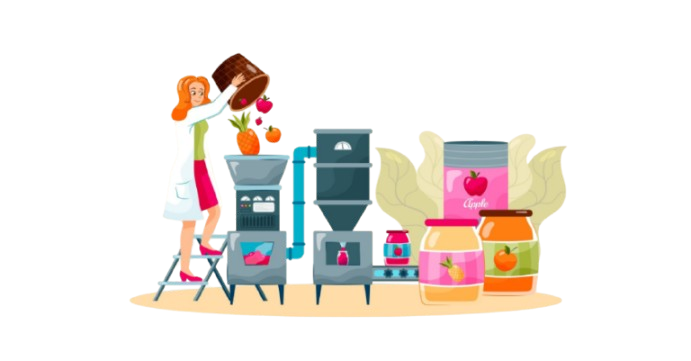
Getting a CEO’s attention is less about luck and more about a repeatable, respectful process. Below is a hands-on, step-by-step playbook you can use to plan, execute, and optimize outreach campaigns specifically for the food and beverage (F&B) sector.
This guide focuses on campaign design, list preparation with industry resources such as a reliable food and beverages industry email list, multi-channel cadences, gatekeeper tactics, templates, legal must-dos, and measurement, everything you need to run professional, non-spammy outreach.
Step 1 : Prepare the list: target, segment, and enrich
Before any outreach, invest time here. A clean, segmented list multiplies results.
Checklist:
- Define target profile(s): by company size, region, sub-sector (packaged foods, beverages, foodservice, private label), recent activity (M&A, new product launch).
- Source contacts from trusted providers and combine: use a food and beverage database for executive roles and a food industry mailing list provider for volume and segmentation.
- Remove duplicates and older entries (lead age > 12 months for C-level is risky).
- Enrich records: add company notes (recent news, product launches), mutual connections, and social profiles.
- Validate emails and phone numbers with an email verification service and phone format check.
- Add CRM fields: lead source, role level, last activity date, verification score, outreach stage, notes summary.
Why this matters: segmentation lets you personalize messages (different pain points for a CPG CEO vs. a regional foodservice CEO) and prevents generic mass outreach.
Step 2 : Research & personalization framework
Personalization should be fast and scalable. Use a consistent research checklist for each CEO:
Research checklist:
- Latest company press: product launches, sustainability commitments, expansions.
- Recent interviews or quotes from the CEO.
- Mutual connections (LinkedIn), board memberships, and relevant trade show appearances.
- Possible pain areas: supply chain disruption, packaging costs, retail shelf space, D2C growth.
Personalization tokens to use (in this order): CEO name, company name, one specific achievement or news item, one short line about the value you offer.
Keep personalization concise, CEOs want relevance, not flattery.
Step 3 : A non-spammy 6-touch outreach sequence (multi-channel)
This is a tested cadence tailored for busy execs. Adjust timing to your industry rhythm and time zones.
Touch 1 : Email (Day 0)
Subject examples:
- “Quick question, [CEO name] — about [company initiative]”
- “[Mutual connection] suggested I reach out”
Body (short): 2–3 sentences calling out the specific initiative, a one-line value proposition, and a single CTA (15-minute call or permission to send a short case study).
Touch 2 : LinkedIn connection + short note (Day 3)
Message: 1 sentence referencing your email and a clear value hook.
Example:
“Hi [Name],
I emailed you about [specific initiative]. I work with brands tackling [problem]. Thought it might be worth a quick connect.”
Touch 3 : Email follow-up (Day 7)
Keep it brief, add one social proof line (customer or metric), include a calendar link, and offer an opt-out.
Touch 4 : Voicemail (Day 10)
30 seconds: introduce, reference email, request a 10–15 minute call, leave contact and a polite close. Follow voicemail with an email that says, “Left a voicemail — quick follow up.”
Touch 5 : Value send (Day 17)
Send a one-page PDF case study or short industry insight relevant to the CEO’s company. No CTA pressure, just value.
Touch 6 : Final breakup email (Day 28)
Polite close: reference prior touches, offer one last value point and a simple “reply if interested” CTA. Keep tone respectful.
Notes:
- If any touch gets a reply, stop the follow-ups and move to scheduling/qualification.
- For mega-brands where assistants handle contact, you’ll need tailored gatekeeper tactics (see Step 5).
Step 4 : Message examples & templates
Short, practical templates you can adapt.
Initial email (Touch 1)
Subject: Quick question, [First name] — about [specific initiative]
Hi [First name],
Congrats on [recent company achievement]. We’ve helped [similar company] reduce [X cost or increase Y revenue] by [percent/metric]. I’d love 15 minutes to share one idea that might help with [CEO’s stated priority].
Are you available this week?
Best,
[Name / Title / Company / Mobile]
LinkedIn note (Touch 2)
Hi [First name],
I sent a brief email about [initiative]. We helped [brand] with [result].
Would love to connect here.
Voicemail script (Touch 4)
Hi [First name],
This is [Your name] from [Company]. I sent an email about [very short reason]. We helped [brand] achieve [metric]. If you’re open, I’d love 10 minutes to share an idea — my number is [number].
Thanks.
Value send email (Touch 5)
Subject: Short case study on [topic], thought it might help
Hi [First name],
I’m sharing a one-page on how [brand] tackled [problem] with [solution]. No ask—just wanted to pass along in case it’s useful. If you’d like the full report, I can send it.
Regards, [Name]
Step 5 : Gatekeeper & assistant strategy
Large companies use gatekeepers. Treat them as allies.
Gatekeeper script (phone or email):
- Respectful opener: “Hi [Assistant name], I’m [name], I work with [company]. I’m looking to share a concise idea that could help [their company priority]. Who would be best to speak with about [topic]?”
- Offer to send a one-page brief and ask the best email and preferred format.
- If asked to send materials, include a one-liner subject like: “One-page: [Your Company] — idea for [Their Company].”
If asked for more proof, offer a short case study and only ask for the assistant’s advice on next steps, this is less threatening than asking to be passed through.
Step 6 : Using a Food and Beverage Industry Database effectively
Don’t just buy contacts, use them strategically.
Best practices:
- Segment before you mail: by product category, geography, and company revenue. This allows targeted subject lines and tailored value propositions.
- Enrich and annotate: add fields like “recent product launch” or “sustainability program” to personalize at scale.
- Clean & verify: a food industry mailing list must be deduped and verified before use. Remove role levels below C-suite unless you intentionally want influencers.
- Variable content: create two or three personalization variants per segment (e.g., sustainability vs. shelf placement) and test.
Pro tip: use the database to create small, high-quality sublists (10–50 CEOs) for a hyper-personalized pilot before any broader send.
Step 7 : Compliance & ethical rules (must-do)
You must follow legal and professional rules when emailing or calling executives.
Minimum checklist:
-
- Include a clear unsubscribe link in emails and honor opt-outs immediately.
- Provide a valid company address and contact information in the email footer.
- Respect data protection laws: if contacting people in Europe, be mindful of GDPR obligations (lawful basis, data minimization, and purpose limitation). Consider consult with legal if you plan to process personal data at scale.
- Avoid misleading subject lines and always represent your identity truthfully.
Following these steps protects deliverability, reputation, and long-term relationships.
Step 8 : Measure, test, and iterate
Track these core KPIs:
- Deliverability / bounce rate
- Open rate (subject line tests)
- Reply rate (primary success metric)
- Meeting conversion rate (reply → meeting)
- Qualified lead rate (meetings that become opportunities)
- Unsubscribe rate and spam complaints
A/B test ideas:
- Subject lines: personalized vs. curiosity (“Quick idea for [company]”)
- CTA: calendar link vs. request for permission to send more info
- Value proposition: cost savings vs. revenue growth vs. risk reduction
Run tests on small samples (50–200 contacts) to avoid damaging sender reputation.
Step 9 : What to do when you get a meeting
If you convert to a meeting, be prepared.
Pre-meeting checklist:
- Send a 1-page agenda 24 hours ahead. Keep it 10 minutes intro + 15 minutes for idea + 5 minutes next steps.
- Bring a relevant case study and one tailored idea specific to their recent activity.
- After the call, send a succinct follow-up with agreed next steps and timelines.
Final checklist
- Segment targets using a food and beverage database
- Enrich & verify contact info (email + phone)
- Prepare personalization tokens for each segment
- Implement the 6-touch sequence, adapt timing for time zone
- Equip team with gatekeeper scripts and meeting templates
- Ensure compliance (unsubscribe, footer, opt-out handling)
- Track KPIs and run A/B tests on small samples first
Get a Free Sample of Food and Beverage Industry Contacts
Get a free sample!Final Thought
This step-by-step playbook converts targeted research into respectful, measurable outreach. Use industry lists and a food and beverage database wisely, as a source of insight and segmentation rather than a blunt instrument. Understanding how to find food and beverage industry CEOs is only the starting point, what sets you apart is concise personalization, thoughtful cadence, and respectful gatekeeper engagement.
Do that consistently, and your chances of turning a cold contact into a meaningful conversation with a food and beverage CEO will rise significantly.
FAQ's
We provide database of restaurant equipment suppliers, food distributors, and ingredient providers ready to connect.
Use our database to get a list of co-packers and contract manufacturers who can help produce and package your product.
eSalesClub’s B2B database allows you to filter suppliers and distributors by location, so you can work with local partners.

